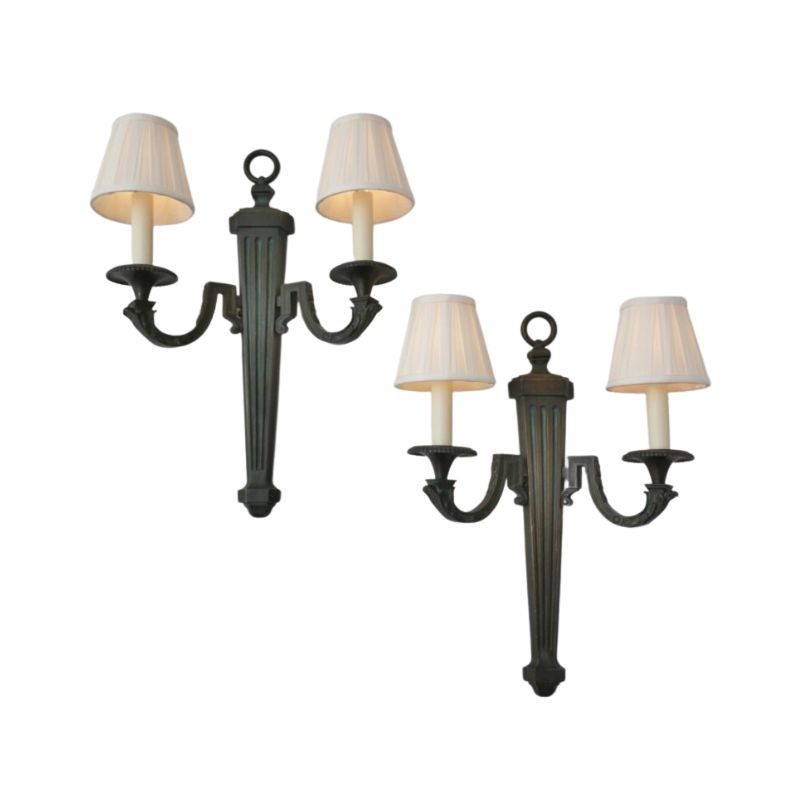I've looked at every image of a Calatrava building I can find on Google. He's driving me insane with his modernist whites and form language filtered through bio morph conceits. What is this divinely mad, or insanely sacred man about? Anyone care to try fitting his brick in the wall?
Dear DC, It's a bright sunny...
...morning but there is still 4 feet of snow on the ground and in some places twice as much...and you thought it was the right time to get me out of hibernation? Well, this will do it.
Let me start of with saying that I have not seen much of his work. I know of course the pictures and I have walked many times under the Calatrava arches in BCE Place Toronto and over the pedestrian crossing in Bilbao. I have crossed the Guadalquivir bridge in Barcelona and de bridge over the Hoofdvaart in Haarlemmermeer is difficult to avoid when you land on Schiphol airport. So my knowledge is limited. I agree with SDR that one of the keys is his knowledge in engineering. Whether we like it or not, he does not fit into the normal historical categories. Architectural history is written by architects and for many decades now architects have cultivated their art within a self imposed ignorance of the underlying engineering. Whenever (FLR is a good example) the architect had an intuitive understanding of building mechanics and material properties he or she would use it. Sometimes resulting in leaking roofs (the Buckminster Fuller domes, quite a number of FLR's buildings) and high restoration costs (Falling water etc.)But basically those architects that have written history have build in a rather "safe" structural way and have left the responsibility for the structural integrity to specialized engineers. For the philosopher Hegel it was part of the reason to ridicule the profession and congratulate them with the choice of the word architect (coming from archi tektos, which can be read as the first, or in Hegel?s mind the most primitive, of all knowledge).
What has this to do with Calatrava?well, I think that his architecture is significant in the sense that it give us an insight in what architecture could have been if architects would have based their art on a combination of understanding of space and it?s many functions and the means to build it. Is he good at it?...we do not know because there are very few people to compare with.
What characterizes this fusion of art ant technology in the same person is an unusual form of perfection. His buildings are like three dimensionally build mathematical equations very unlike the expressive narrative of say?Frank Gehry. The mathematical infrastructure gives it a strange ?universal? aesthetic that in many cases adapts painfully to the context. The Haarlemmermeer bridge is a nice exception but that?s the advantage of a very flat landscape (former bottom of the lake between Haarlem and Amsterdam) and very few man made structures in close vicinity. The pedestrian crossing in Bilbao and to some extend the bridge in Barcelona could not be more out of context. They just look as if some kind of alien grown structure has invaded a rather worn down bourgeois neighbourhood. Also characteristic for his work is that the buildings are more objects than spaces. I have not figured out yet why.
http://www.calatrava.com
cont.
So, what makes us so uneasy about perfection?Is it what Satre in ?L?ëtre et le Néant? identifies as knowing too much, so much that the mystery is taken out of it? Or is it the reciprocity of Plato?s remark in ?The republic? that everything that deceives may be said to enchant? in other words if it is too ?readable? too ?clear? it does not appeal to our capacity to make emotional links. Maybe we should go back to Walter Stahel and his ?Teddy Bear effect? to understand that perfection leaves little room for emotion. I would borrow Chapman?s thought on consumer products and apply it on Calatrava's architecture and conclude this contribution with ?Calatrava?s buildings are like stories with an incredible opening line, but which just continue repeating it throughout. Their narrative capabilities are pathetically limited?
One last thing before I start the anxious wait for other replies...Virtuosity in any profession demontrates great skill and imagination is a great gift but buildings and products, very much like any other form of applied art are not made to demonstrate virtuosity or imagination, they have their own reasons to exist and virtuosity and imagination should be used to service those reasons, not the other way around. I think that Calatrava is on the edge of crossing that line or is clearly over it. Unless it is a communication tower that becomes one of the major architectural symbols for a great city, I would hesitate in crossing that line
If you need any help, please contact us at – info@designaddict.com









